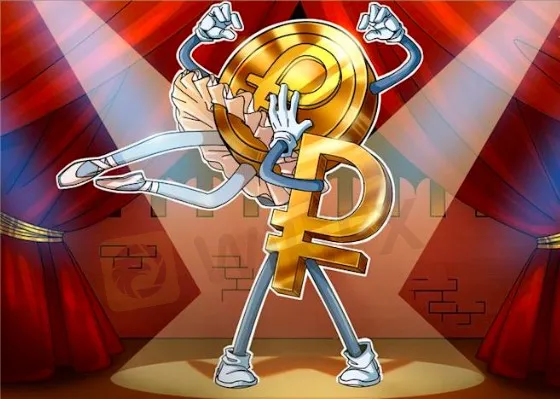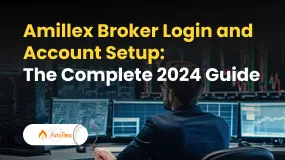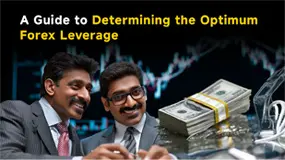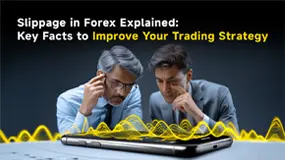简体中文
繁體中文
English
Pусский
日本語
ภาษาไทย
Tiếng Việt
Bahasa Indonesia
Español
हिन्दी
Filippiiniläinen
Français
Deutsch
Português
Türkçe
한국어
العربية
At the Edge of Chaos: Price Charts Say Niet to "Petro Ruble", For Now
Abstract:VIX Declines but Prices Still Fall
There is a growing chorus, certainly on the fringes of financial analysis at the moment, that the U.S. Dollar is in the early stages of collapsing as the world's reserve currency. This set of expectations is based on familiar themes: the long-standing and growing U.S. budget deficits, the political disarray in Washington and the current inflationary environment. Moreover, some proposing the end of the greenback are betting that the dollar will be replaced by commodity-based currencies such as the ruble, while others are saying that cryptocurrencies will be taking over as the major mode of exchange.
These are not necessarily a new set of beliefs, but they are gaining momentum in some circles due to the war in Ukraine. Specifically, the central tenet of the movement is the belief that oil will be bought and sold with rubles and yuan and, thus, the dollar will lose its petrodollar status and die.
Of course, it is plausible that this may come to pass. Yet, at this point, it's not quite evident.

Price Charts Say Niet to Petro Ruble for Now
As things stand at the moment, despite expectations to the contrary, the global financial system is still following the operating rules based on the petrodollar. Consider the following price charts, which are based on the markets responding to these three simple inflation-related events:
The Federal Reserve is in the midst of raising interest rates
There are supply chain snags everywhere
The Russian invasion of Ukraine is adding high levels of unpredictability to everything
First, the Fed's rate hike cycle has prompted a cycle of aggressive selling in the U.S. Treasury bond market. Note the new highs for the cycle on the U.S. Ten Year Note yield (TNX).
Next, note that the U.S. Dollar Index (USD) is rising in nearly perfect synchronicity with TNX. That's because higher interest rates in any particular country tend to make that country's currency more attractive than others.
A look at Bitcoin (BTC) versus the U.S. Dollar shows the cryptocurrency pulling back just as key proponents are talking it up. Enough said there. I'm not against BTC, I'm just pointing out that its price will fluctuate and that it's not showing signs at the moment of becoming the reserve currency.
Meanwhile, the ruble took a huge hit upon Russia's invasion of Ukraine, especially against the dollar. But recent trading action has brought the ruble and the dollar's exchange rate back to where it was before the war. So, at this point, the market is saying that it's watching to see what happens, but that there is no real reason to change the exchange rate between the two beyond where it was prior to the war.
Finally, note that the rise in TNX and the U.S. Dollar have led to a pullback in oil prices (WTIC). That's because a strong dollar will buy more oil, even from Russia, which has been selling its crude at a discount to some of its buyers, such as China.
In effect, we're seeing is a market responding to higher interest rates in the midst of a highly volatile geopolitical environment. And, so far, there are no signs of malfunctions in the relationships between the asset classes. At the same time, the bond market may have come too far too fast. Moreover, the huge increase in bond yields will likely have a negative effects on the U.S economy, especially the housing sector and in the ease of obtaining credit for companies and individuals. And of course, when a certain point in that trend is reached, we will probably see a slowing economy.
Disclaimer:
The views in this article only represent the author's personal views, and do not constitute investment advice on this platform. This platform does not guarantee the accuracy, completeness and timeliness of the information in the article, and will not be liable for any loss caused by the use of or reliance on the information in the article.
Read more

Amillex Broker Login and Account Setup Guide 2025
You are here because you need clear instructions for the Amillex Broker login process or want to open a new Amillex Broker account. This guide is your complete resource. We provide a direct, step-by-step walkthrough for both new and existing traders. Our goal is to give you the exact information needed to access your account or get started with the platform safely and confidently. This complete manual covers everything from your first login to using your user dashboard and even setting up a practice account.

Top Tips to Avoid Forex Margin Calls and Protect Your Capital
While technical indicators or chart patterns often capture the attention of forex traders, especially new ones, aspects such as margin requirements, equity, used margin, free margin, and margin levels are often overlooked. So, if you have received a margin call from your forex broker and are wondering how to deal with it, you probably do not know the concept of a forex margin call - what triggers it and how to avoid it. Being unaware of this concept can make you lose your hard-earned capital. In this article, we will provide you with all the information you need to know. Keep reading!

A Guide to Determining the Optimum Forex Leverage
Want to gain a wider forex market position control by investing a minimal amount? Consider using leverage in forex. It implies using borrowed funds to raise your trading position more than your cash balance can let you do it. Forex traders usually employ leverage to churn out profits from relatively small currency pair price changes. However, there is a double-edged sword with leverage since it can multiply profits as well as losses. Therefore, using leverage in the right amount is key for traders. Forex market leverage can be 50:1 to 100:1 or more, which remains significantly greater than the 2: leverage usually offered in equities and 15:1 leverage in futures.

Slippage in Forex Explained: Key Facts to Improve Your Trading Strategy
Have you witnessed a difference between the expected price of a trade and the price at which it is executed in real time? This might be due to slippage, which can happen at any time. However, it prevails mostly when the market remains highly volatile. At the same time, it can also happen during large order executions. Read on to know more about slippage, its impacts, and the strategies to rein in adverse effects.
WikiFX Broker
Latest News
INTERPOL, AFRIPOL Crack Down on Africa Terror Finance
Forex Scam Checker Philippines: Verify Brokers with WikiFX
MH Markets Review 2025: Trading Platforms, Pros and Cons
Mekness Review: Traders Report Alleged Fund Scams & Account Blocks
Octa FX in Pakistan: The Complete Guide to Local Payments, Regulation, and Support
D Prime to Exit Limassol Office Amid Doo Group Restructure
WikiFX Elites Club Committee Concludes Voting! Inaugural Lineup Officially Announced
Fake Trading Platforms Are Spreading Fast Across Asia | How Investors Are Being Tricked
eToro CopyTrader Expands to U.S. Investors
Is MH Markets Safe or a Scam? Regulation and Fund Security Explained
Currency Calculator



